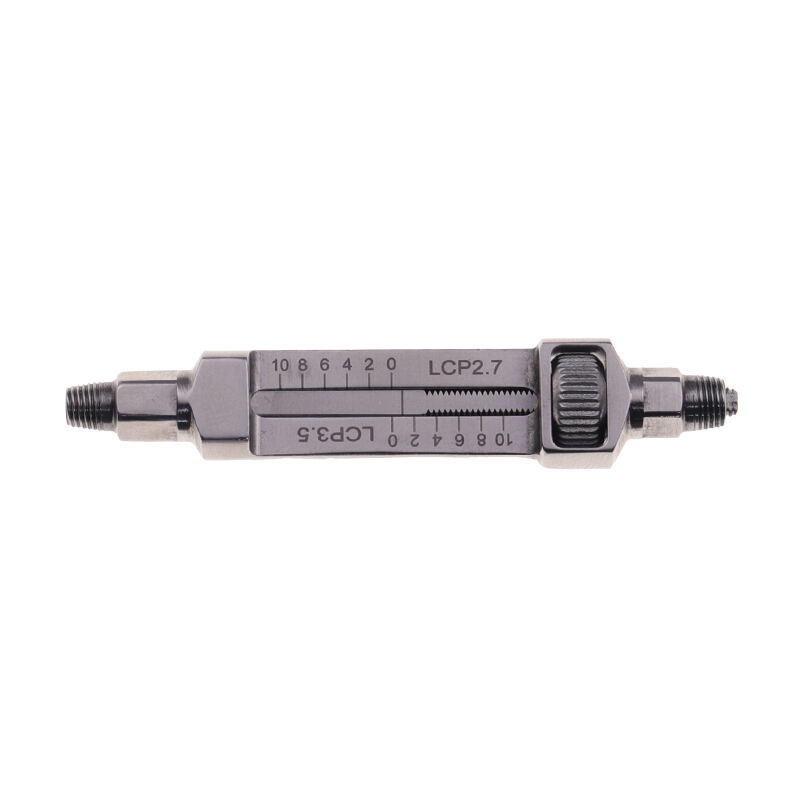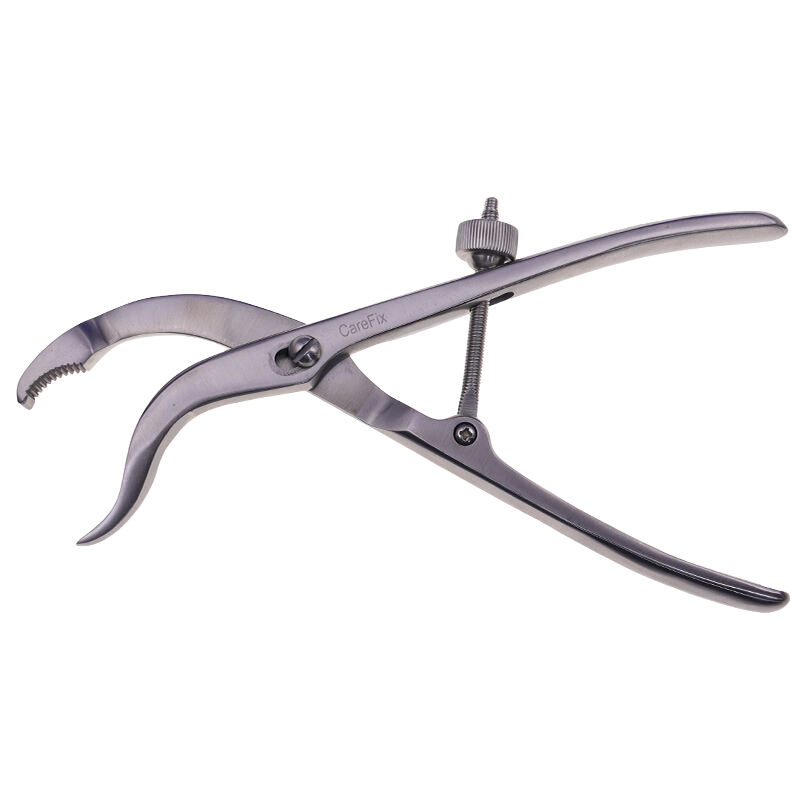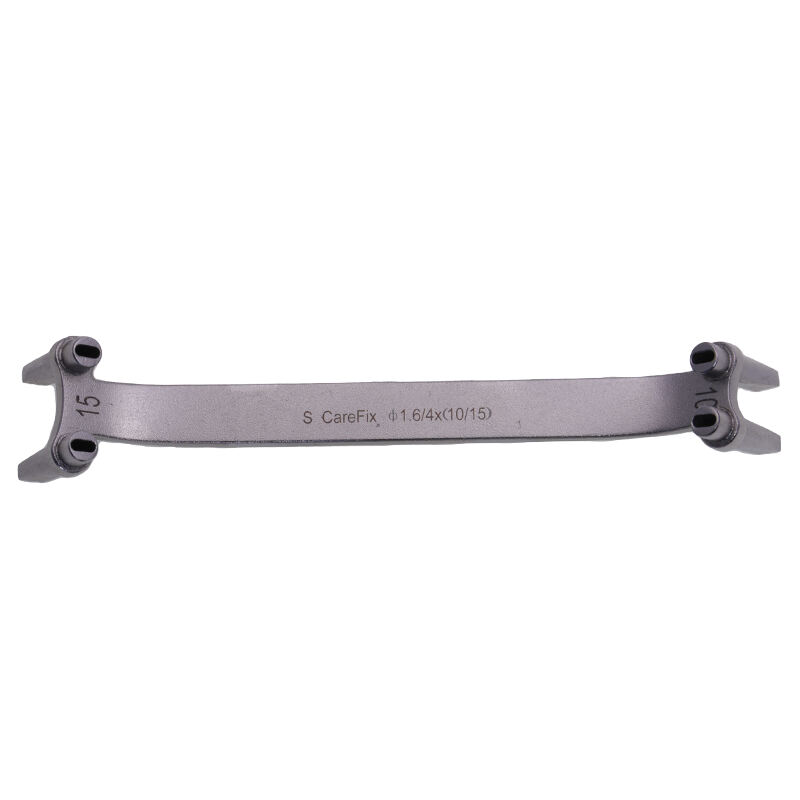orthopedic surgical instruments
Orthopedic surgical instruments represent a comprehensive collection of specialized tools designed for precise skeletal system procedures. These instruments combine advanced engineering with surgical precision, enabling surgeons to perform complex bone and joint operations effectively. The collection typically includes power tools for bone cutting and drilling, precision measurement devices, specialized retractors, and delicate instruments for soft tissue manipulation. Modern orthopedic instruments feature ergonomic designs with premium grade surgical steel construction, ensuring durability and reliability during critical procedures. Many instruments incorporate innovative locking mechanisms and adjustable components, allowing surgeons to achieve optimal positioning and control. The instruments are designed with patient safety in mind, featuring specialized coatings that reduce bacterial adhesion and enhance sterilization efficiency. Advanced imaging compatibility ensures seamless integration with modern surgical navigation systems, while modular designs facilitate customization for specific procedural requirements. These instruments support various orthopedic procedures, from joint replacements to trauma surgery, spinal operations, and minimally invasive techniques. The implementation of computer-aided design in their development has resulted in instruments that offer superior precision and reduced operative time.


